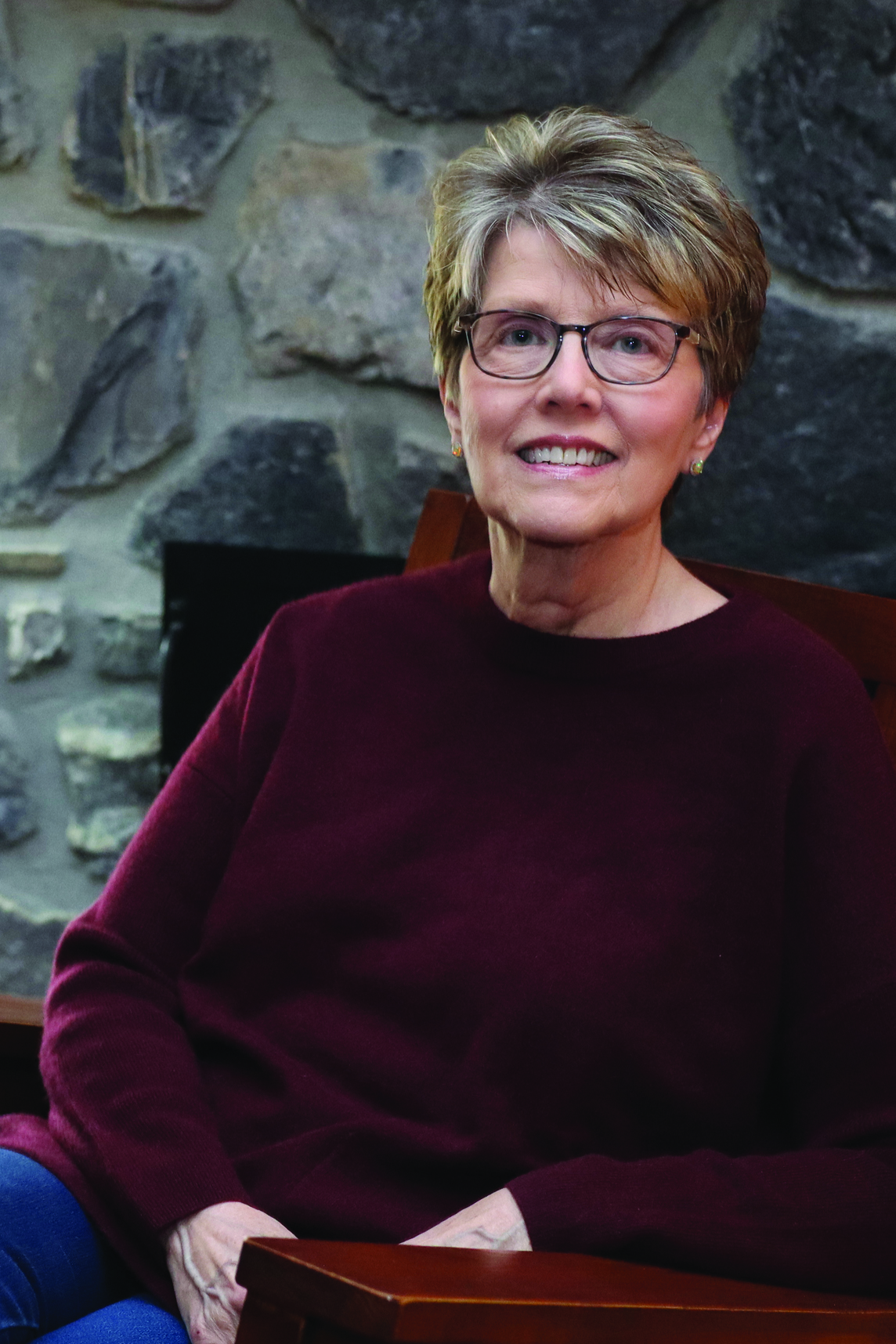

Jane Hicks
Jane Hicks grew up in Kingsport, Tennessee, very near the Virginia state line. She attended Virginia Tech and graduated from Emory & Henry College. She holds a Masters Degree from East Tennessee State University and taught in the Sullivan County Tennessee Schools until she retired in 2007.
A! Mag: Do you remember the first poem you wrote? If so, tell us about it and why you wrote it.
Hicks: The first poem I remember writing was a Halloween poem. I remember the lines, “something ran across the floor and someone’s knocking at the door.” I was in the third grade. The teacher put it up on the bulletin board for PTA.
A! Mag: How did you get interested in writing poetry?
Hicks: My second grade teacher, Miss Myrtle Foust, read poetry to us in class. She sent all her former students birthday cards with poems in them every year until they left our school. No two cards or sets of poems were the same. I’ve written about her in my second book, “Driving with the Dead.”
A! Mag: What poets serve as inspiration?
Hicks: Seamus Heaney, Gerard Manley Hopkins, Kathryn Stripling Byer, Ron Rash, James Still and Jim Wayne Miller were early influences. More current influences are Ilya Kaminsky, Mary Oliver, Ted Kooser, Jane Kenyon, Maggie Smith, Bill Brown and many others.
A! Mag: What subjects are inspiration for your poetry?
Hicks: Many of my poems are about loss: personal, cultural, and environmental. In “Driving with the Dead,” I examined having hope and optimism even in the face of loss. Many of those poems were written when my mother was very ill and up until her death. Taking a look back at someone who was born on the advent of the Depression, left “the holler,” and came to town encompassed the WWII generation. I also looked at my grandfather’s era – WWI and the changes he saw after. By placing the poems in natural settings, I want to give a positive spin on our human place in the “big picture.”
I will have a new book, “The Safety of Small Things,” published in January of 2024 by the Fireside Industries imprint of University Press of Kentucky. This book talks about coping in the face of loss, illness and aging. I was treated for breast cancer in 2016-17. Many of the poems are about coping and recovering. Often set in the natural world, they draw energy from our place in it. It is not grim but hopeful.
A! Mag: What poetic forms do you tend to use?
Hicks: I have employed sonnet, pantoun and haiku, but I tend to write free verse. One of my mentors pointed out that my natural style is toward Anglo-Saxon lines, but that’s a long discussion. I also use sound to craft my poems.
A! Mag: What is the importance of poetry in our world today?
Hicks: I always think of poetry as a shared experience. If the reader can say, “Hey, I feel that way, too!’ or “I never thought of it that way,” life can be less complicated or frightening. I read a brilliant book by Ilya Kaminsky about the invasion of the Ukraine in the ‘90s. Poetry can give a first-hand look at problems elsewhere in the world. I’m reading/writing about several Spanish language poets who were executed or murdered for their political writing. They had an impact in their world. In Ireland, the entire country mourned Seamus Heaney when he died. I wish our country could understand the place of poets and poetry in communication.
A! Mag: What are some publications where your poetry can be found?
Hicks: I have recently published in Appalachian Places (online), “Women Speak, Volume 8” published by Sheila-Na-Gig Editions, and “The Southern Anthology of Poetry, Volume IX: Virginia.” I also appeared in Volumes III and VI, “Contemporary Appalachia” and “Tennessee.” I have had a long history with Appalachian Review, Still and the former Now & Then.
A! Mag: What awards have you received?
Hicks: “Driving with the Dead” and “Blood & Bone Remember” both won the Appalachian Book of the Year given by the Appalachian Writers Association. “Driving with the Dead” was a finalist for the Weatherford Award in conjunction with Berea College and the Appalachian Studies Association. I have won several individual poetry contests over the years.
Nascent
Under a leaden morning sky,
only moss greens in the south woods –
lights the trees. My kitchen window
looks on sugar maples to the north –
they toss tight crimson buds,
beacon-white bloodroot shines
in the herb garden, redbuds
pink-tipped and ready. Pin oaks hold
umber leaves dropped
only when replaced by new.
Daffodils early-bloomed now gone.
Walnuts and poplars show
fat limb-tips in silhouette
against the leaky sky. Fog rolls
up and over the ridge –
I walk in a cloud, hear only
crows jeer across the treetops
that drip and plop on sodden leaf-fall.
The fog swirls down
the far side of the ridge –
a curtain pulled back on the
violent green of fast-grown
Reprinted with permission